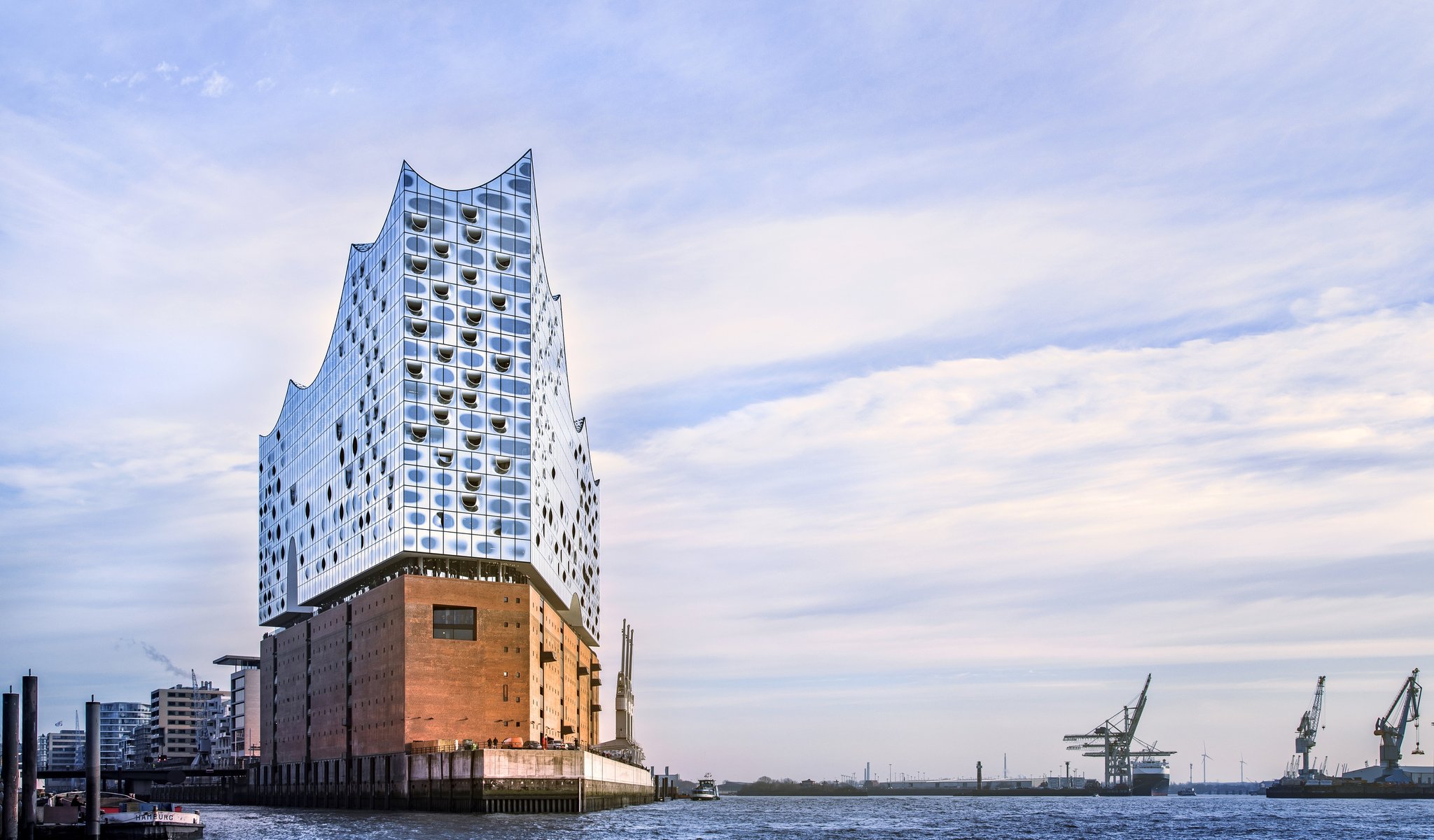
Program
Featuring
Other information
The event is about 2.5 hours long.
About the event
In the past few years, the Budapest Festival Orchestra and their leader, Iván Fischer, have become one of the most authentic performers of the symphonic oeuvre of Gustav Mahler. This is confirmed by hugely successful concerts and recordings of the highest order. This time, the composer’s most positive symphony will be performed, which, although it could not escape the shadow of the monumental Symphony No. 2 at the time, has by now found its due place in the repertoire. The “song-symphony,” with a heavenly theme, will be preceded by Franz Liszt’s piano concerto in A major, his first success in the field of concertos, where the piano, surprisingly from the composer, is not an outstanding solo instrument, but an organic part of the orchestra.
In the late 1840s Liszt, retired from performing, and settled down in Weimar as a court conductor. His focus as a composer shifted to hitherto neglected symphonic genres. Although it has No. 2 in its title, the piano concerto in A major was in fact composed before the other one in the pair, in E flat major. The several-times revised piece, had its premiere in 1857. Liszt only performed as a conductor at that time, so the piano part was played by one of his pupils, Hans von Bonsart, to whom the concerto was dedicated. The idea of composing a piano concerto had been on Liszt’s mind since 1830, as is suggested by the different versions of his piece entitled Malédiction. Though the piece sounds like one single movement, it can be divided into several sections. The composition is structured around a single, intimate and lyrical concept, bringing back the same theme with a different tempo and style (lyrical, dreamlike, rough, as silence before a storm and as a march) in each section, and finally, in the finale, as a fanfare of brasses.
Mahler started to work on his first symphony at the end of 1887. At first, he planned it to be a five-movement symphonic poem with a program. “A symphony must be like the world. It must embrace everything”, he wrote to Sibelius. This attitude is reflected in the motifs reaching across the movements and related to one another, the self-references, the stylistic diversions and the varied instrumentation. The symphony starts with a rather long and slow introduction. Then we gradually arrive from the motif fragments at the main motif of the composition. Instead of the “Blumine” deleted by Mahler and now performed as an independent concert piece, the second movement was replaced with an energetic scherzo, which is followed by a unique slow movement including a children’s song performed by double bass, klezmer music and a soldier’s march. The piece concludes with a passionate finale, tragic at first, but eventually triumphant.
